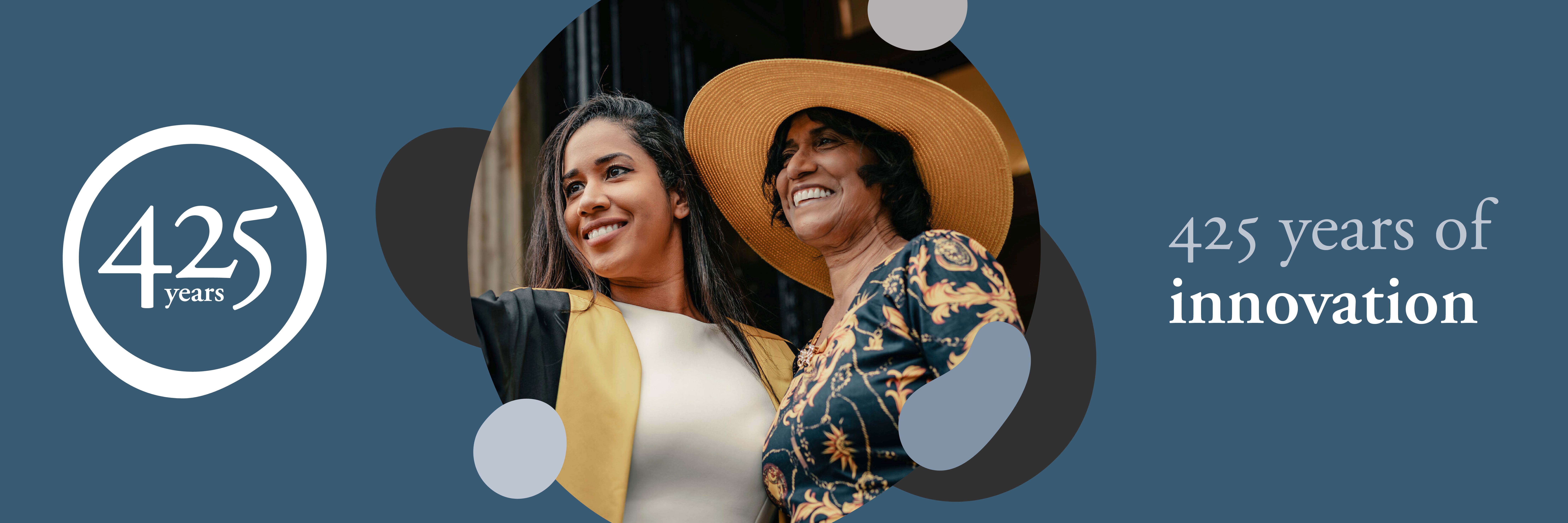
Founded by a Royal Charter from King James VI of Scotland on 29 November 1599, 2024 marks the 425th anniversary of the College.
Since then, we’ve embraced the central tenet we were founded on – to improve the standards of medicine across Scotland, the UK and the rest of the world. Although how we do things might have changed over the years, we still firmly believe in standing up for medical professionals and working together to enhance patient care.
As the UK’s only multidisciplinary Royal College we bring together physicians, surgeons, dental professionals and those who work in travel medicine and podiatry. The unique nature of our structure ensures those working in healthcare are best placed to do everything they can for the people they serve – a central belief of our founders.
Join us in celebrating 425 years of inspiring Fellows and Members and raise a glass to 425 years more.
Celebrating 425 years of Members
Since our founders, the College would be nothing without the very people it represents. Responsible for some of the world’s greatest medical advancements, it’s our Fellows and Members innovative spirit that truly is our life blood.
Help us tell your story. Send your picture and a bit about your career to media@rcpsg.ac.uk.
-
Peter Lowe (c.1550–1610)
Founder of the College
In the 16th and 17th centuries, there were no formally recognised medical schools in Scotland, so Maister Lowe travelled to Paris in search of professional development. Here he not only served as surgeon to Spanish regiments but was Surgeon in Ordinary to the French King Henry IV.
Prior to his return to Glasgow in around 1598, he published his book, ‘The Whole Course of Chirurgerie’ (1597) which is believed to be the first complete guide to surgery written in English. This highly influential work, an innovation at the time, is credited with changing how many Scottish practitioners performed surgery.
Maister Lowe died on 15 August 1610 and is buried in the graveyard at Glasgow Cathedral.
-
Robert Hamilton (c1565–1629)
Founder of the College
The physician co-founder of the College, very little is actually known about him.
it is believed that he studied medicine in the Low Countries, returning to Scotland in 1594. For most of the first twenty years of the College's existence he was its most senior officer bearer, known as Visitor.
Physicians looking to be licenced to practice in the West of Scotland had to satisify Robert Hamilton that they had the appropriate professional ability.
-
William Sprang (c1545–1610)
Founder of the College
A highly respected apothecary in Glasgow, he was named in the College's Royal Charter as the "Inspector of Drugs".
He became Visitor (the highest office in College before the role of President was established) in 1606. Many of the College's early members were apothecaries or surgeon-apothecaries, licensed in the preparation of drugs and sometimes in the practice of certain surgical procedures.
-
William Smellie (1697–1763)
Member (1733)
Famously known as the ‘man-midwife’, Smellie is hailed as one of the 18th century’s leading experts on obstetrics.
Smellie was one of the first to base midwifery in science and invented several tools to assist with the delivery of children – including a pair of iron forceps. His book ‘Treatise on the Theory and Practice of Midwifery’ (first published in 1752) was hailed as a milestone in how it described the mechanism of parturition. This was followed by his 1754 book that contained 39 engravings by Dutch artist Jan van Rymsdyk. His belief was that this book would help young practitioners understand obstetrics without lots of unnecessary details.
Perhaps, however, one of his greatest innovations was the Mauriceau–Smellie–Veit maneuver a procedure that helped deliver babies in breech cases.
-
Sir William Macewen (1848–1924)
Fellow (1874), Honorary Fellow (1913)
Known as the Father of Neurosurgery, Sir William was the first person to successfully remove a brain tumour.
He was a pioneer in brain and bone surgery and was an early leading voice in the use of aseptic surgery. He also made important advancements in anaesthesia, hernia repair, prosthetics and surgery of the lung and ear.
He was a founder of the Princess Louise Scottish Hospital for Limbless Sailors and Soldiers (now known as Erskine) and along with Matron Rebecca Strong, was instrumental in the professionalisation of nursing.
-
Jamini Sen (1871–1933)
Fellow (1912)
The College's first female Fellow, Sen obtained her medical degree in 1897 at Calcutta Medical College and joined us as a Fellow in 1912.
She practiced in Nepal between 1899 and 1909, where she served as court surgeon to the Nepalese Royal Family. In 1911 she was awarded a scholarship with the Lady Dufferin Foundation. This allowed her to travel widely, where she expanded her skills as surgeon and eventually obtained a further medical license in Dublin.
She became a Fellow of the College in 1912, after passing the fellowship exam as a surgeon. It was only in 1911 that the Royal College began to allow women to sit the examinations necessary to obtain fellowship. However, she was not allowed to hold office in the College and therefore her privileges as a fellow were restricted compared to her male counterparts.
-
Elizabeth Adelaide Baker (1871–1928)
Dr Baker was the first woman to apply for fellowship at the College – making the application in 1897.
Although she was licensed to practice medcine by the College, it was decided that women were “not eligible among the brethren” of Fellows. Although she was not awarded fellowship, her attempts represented a bold push for gender equality in medicine.
Dr Baker practiced medicine in many locations, including Greenhill House in Orkney and Lady Gomm Memorial Mission House and Accident Hospital in Rotherhithe
Our 425 Anniversary Marque
Wax seals have long been used a way to legitimise documents. Even to this day, legislation is still given its formal authority through a great seal made of beeswax.
Not only does our 1599 Charter from King James bears his authority through a royal wax seal, but countless College documents through time will have them too. From the very first document creating the College to Diplomas issued today, wax seals have constantly had a presence. That’s why to mark our 425th year, our marque is a wax seal.
The History of the College
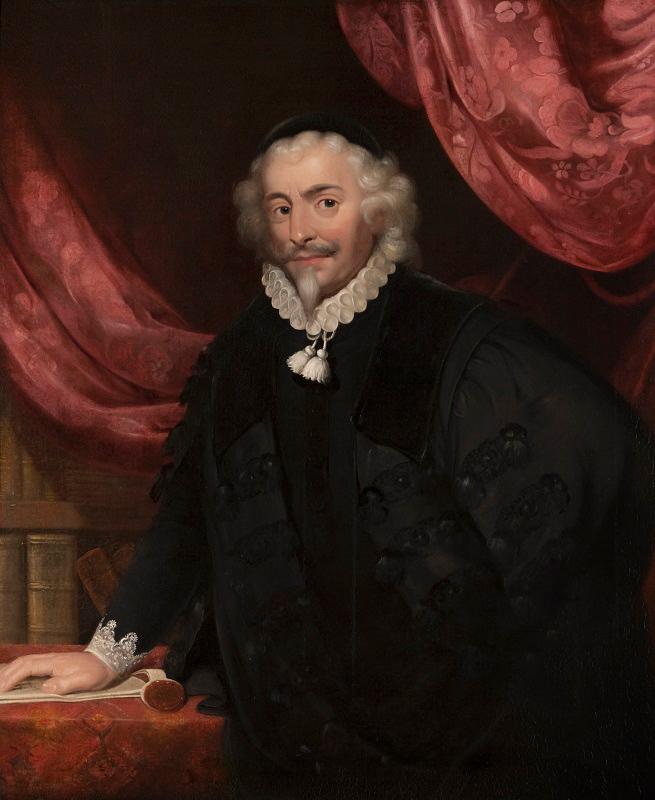
1599
The Faculty of Physicians and Surgeons of Glasgow founded by Scottish Surgeon Peter Lowe.
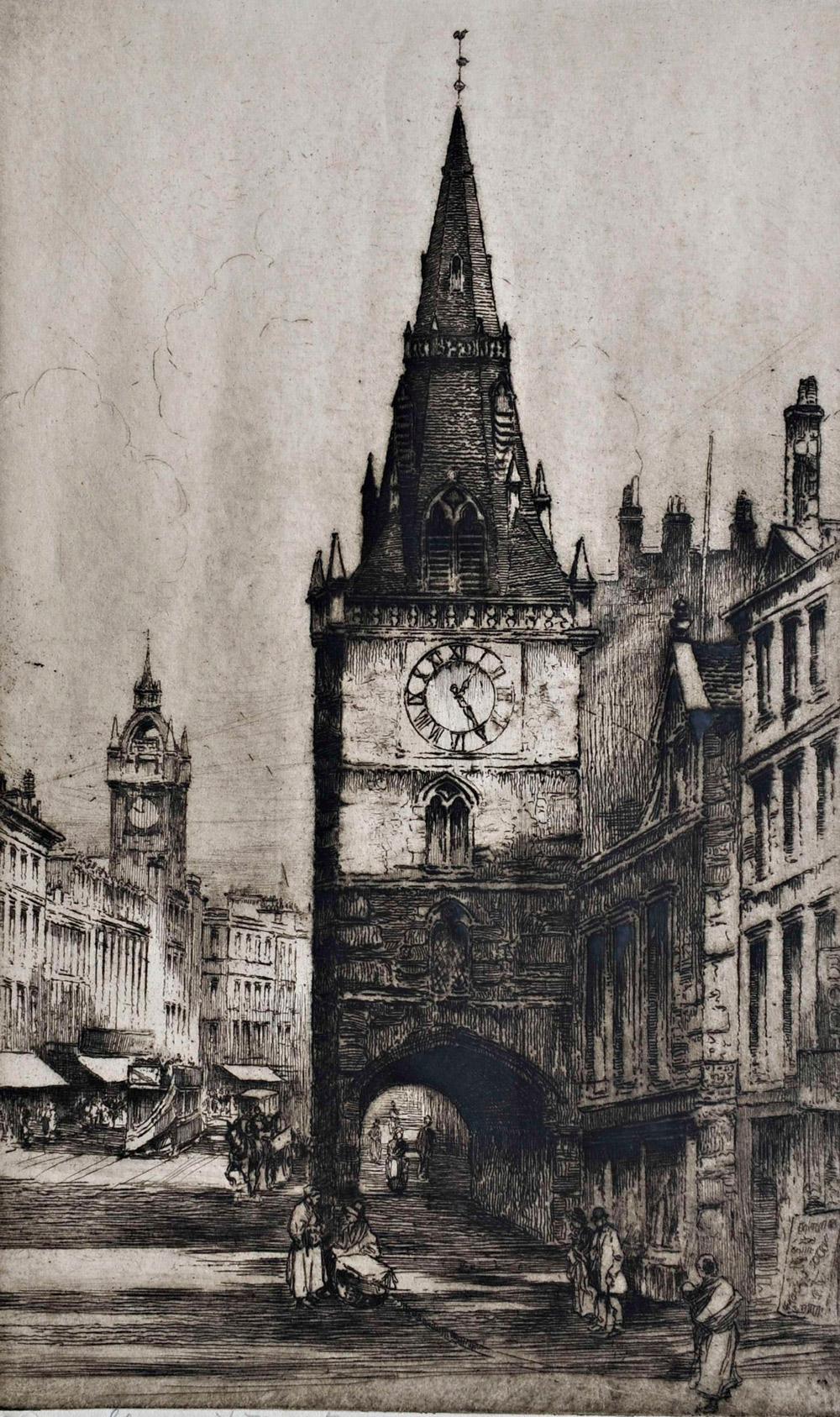
1697
Acquisition of First Faculty Hall beside the Tron Church, Glasgow.

1698
The Library was founded in 1698.

1761
Former President Joseph Black discovers latent heat. The discovery marked the foundation of thermodynamics.
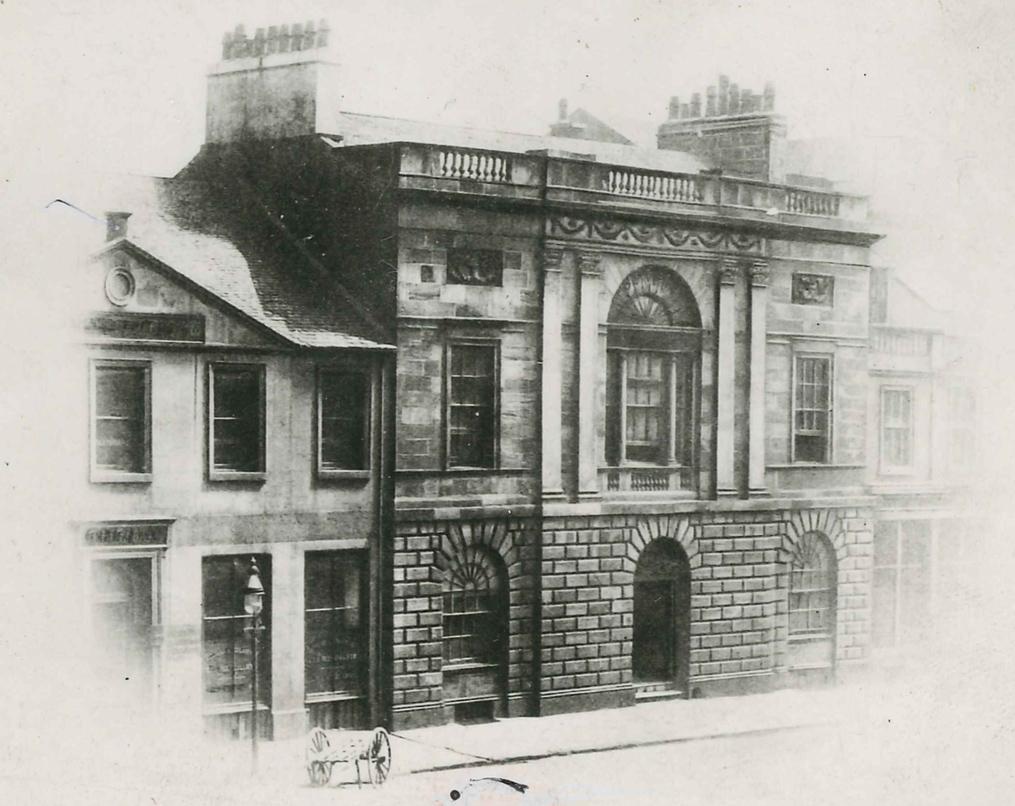
1791
Acquisition of Second Faculty Hall in St Enoch's Square, Glasgow.
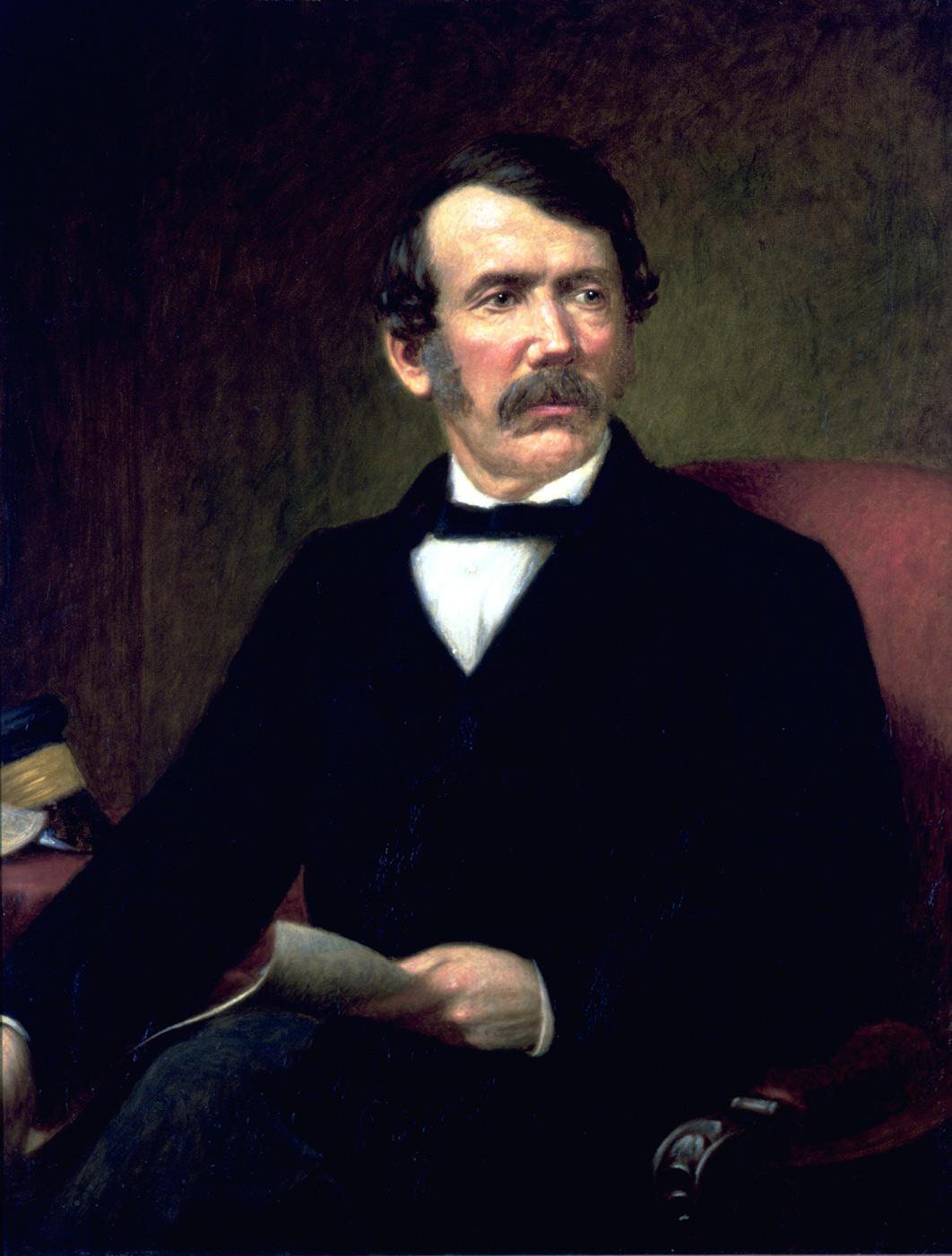
1841
Honorary Fellow, David Livingston, departs on his first expedition to Africa.
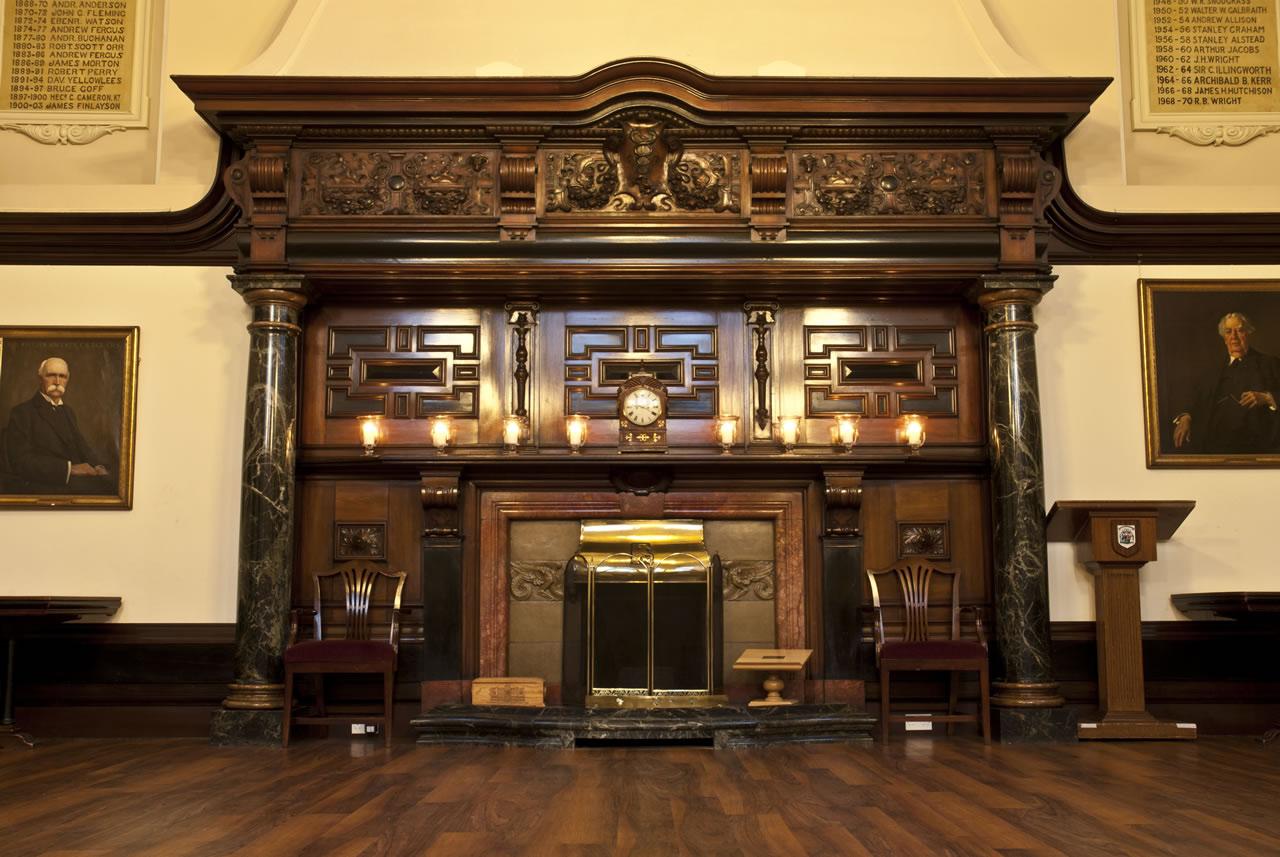
1862
The Faculty moves to 242 St Vincent Street. It has since added the adjacent properties and today occupies 232 - 242 St Vincent Street.
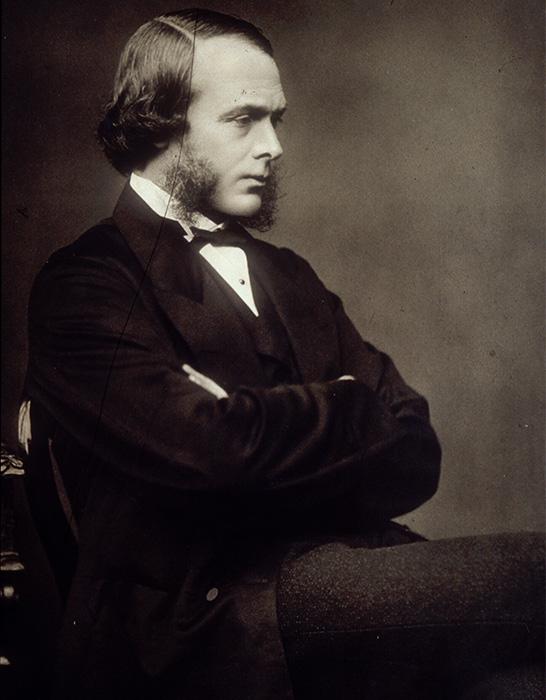
1865
Fellow, Joseph Lister, discovers the use of carbolic acid as an antiseptic in surgery.
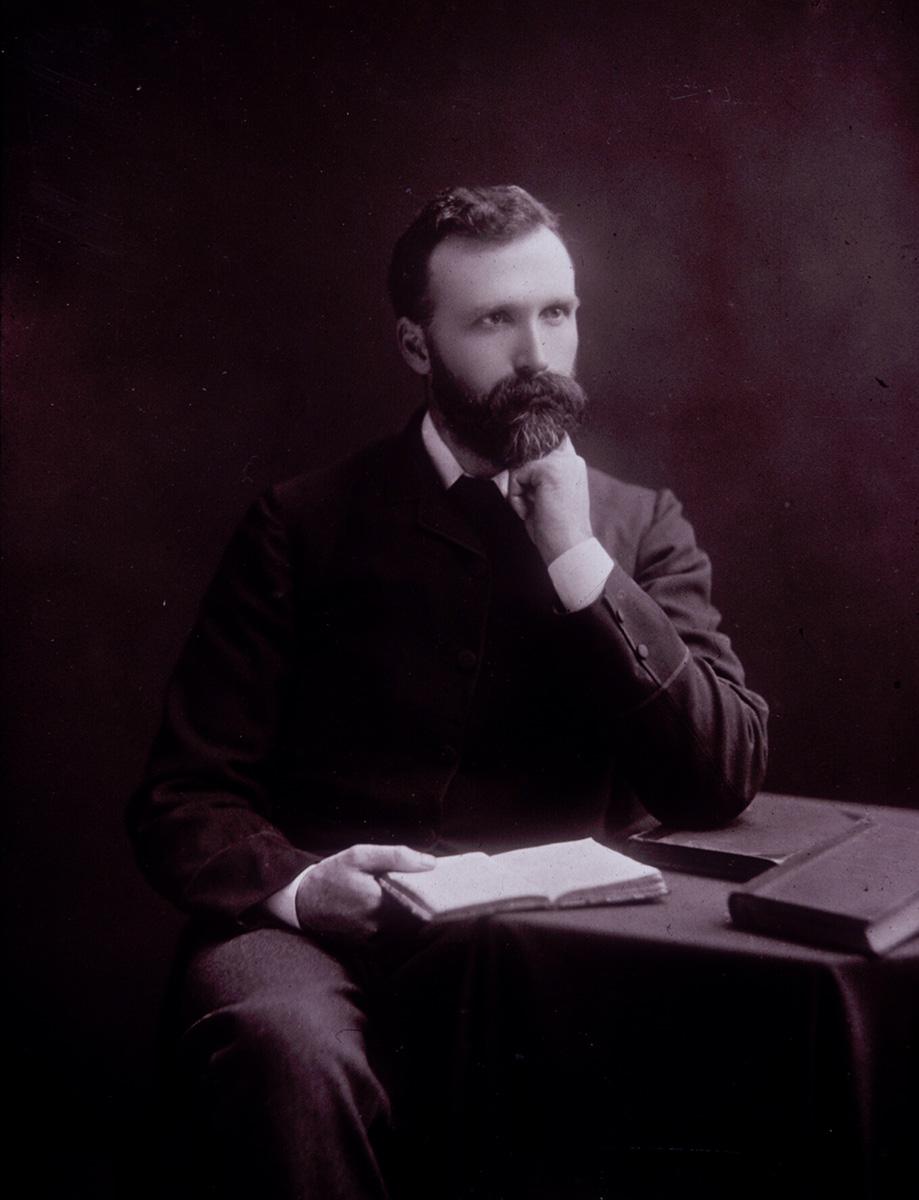
1879
Fellow, Sir William Macewen, carries out the first operation on a brain tumour.
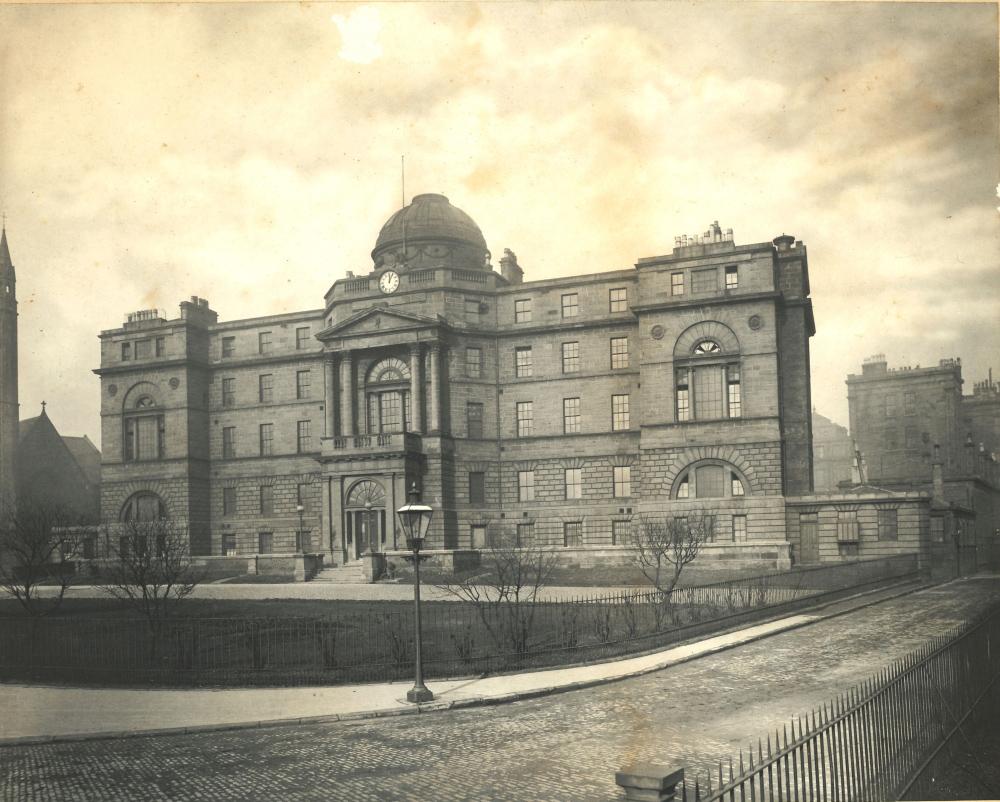
1896
Fellow John McIntyre, opens the world's first radiology department at Glasgow Royal Infirmary.

1909
The Faculty is renamed the Royal Faculty of Physicians and Surgeons of Glasgow.
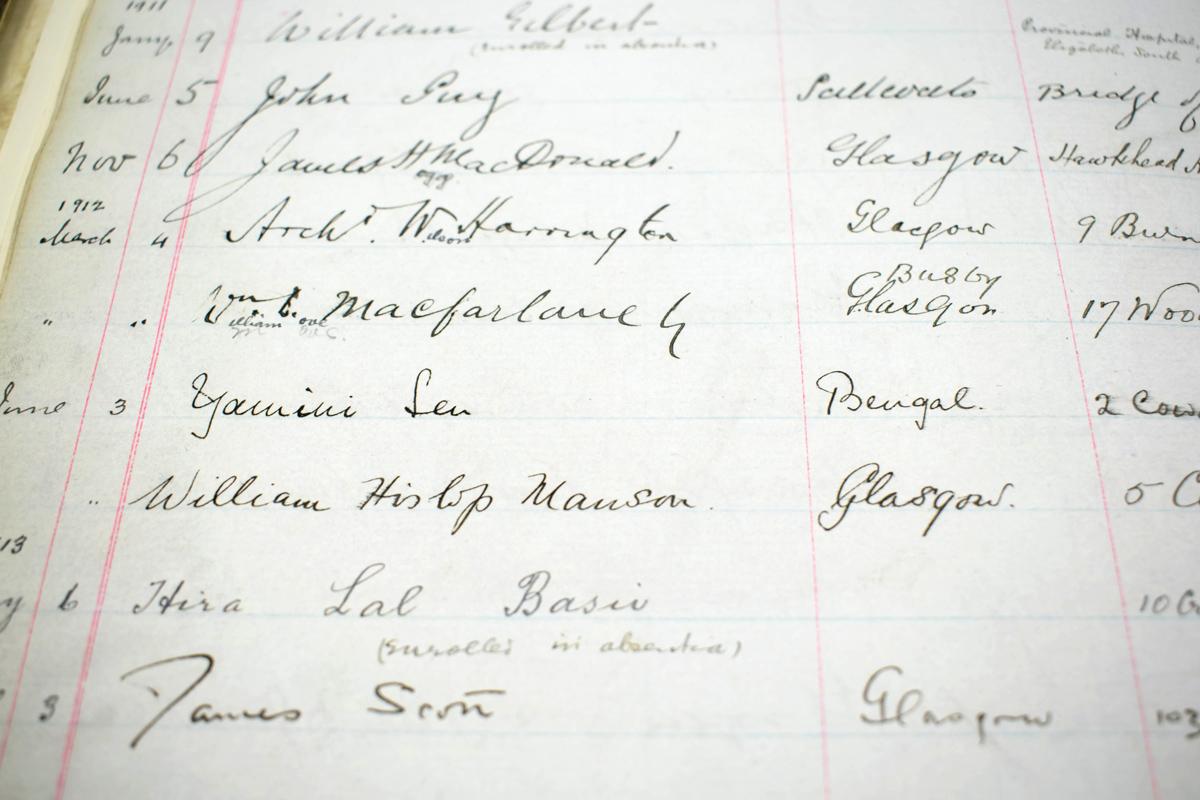
1912
Jamini Sen becomes the first female Fellow of the College.
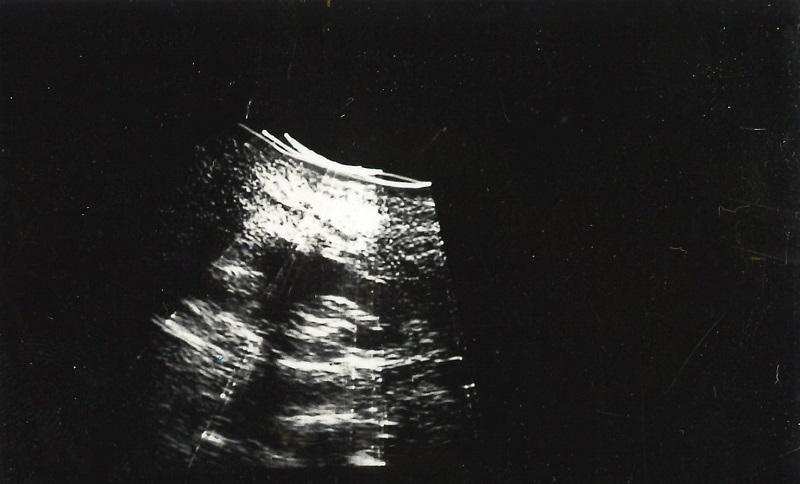
1958
Physician Fellow Ian Donald and engineer Tom Brown build the world's first successful ultrasound diagnostic machine.
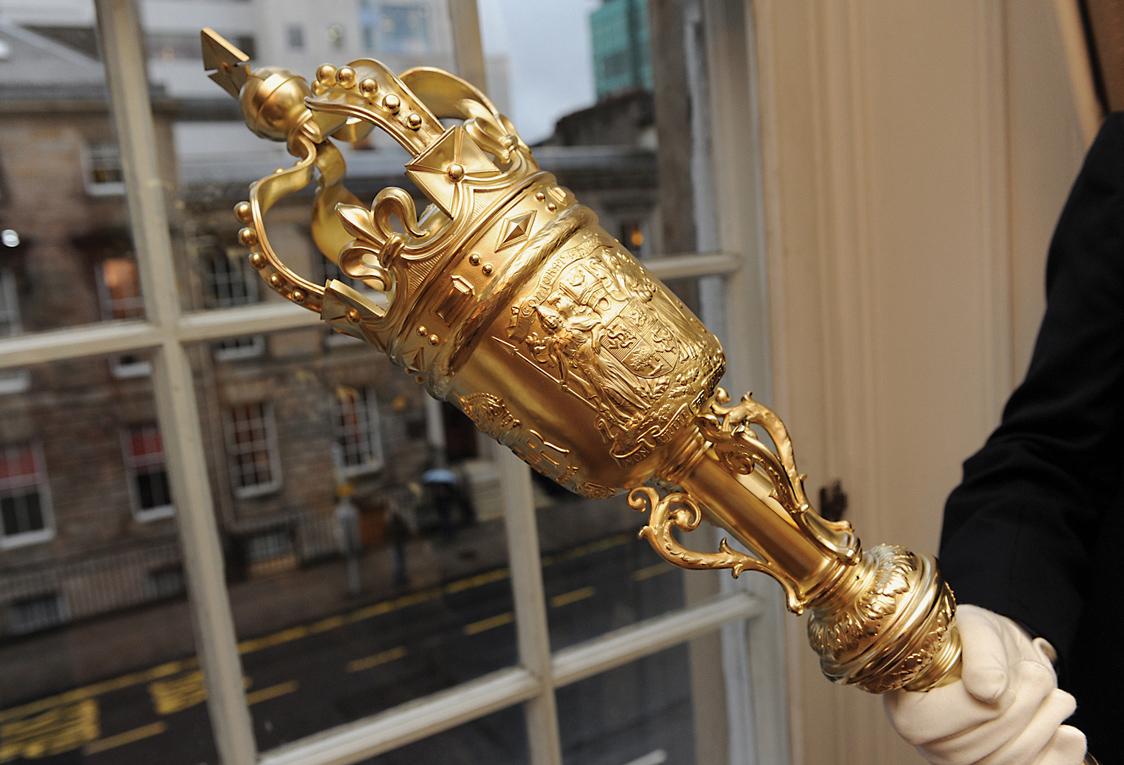
1962
The Royal Faculty is renamed the Royal College of Physicians and Surgeons of Glasgow.
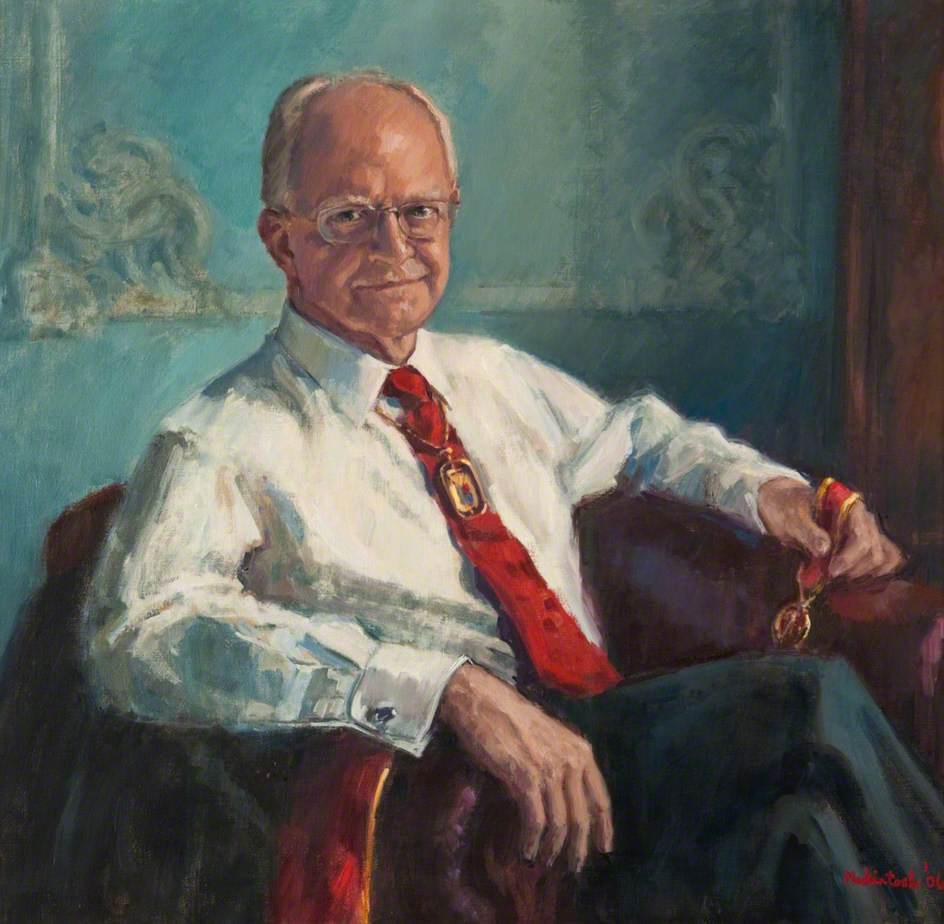
1974
Former President Sir Graham Teasdale, and Fellow Bryan Jennett CBE, invent the Glasgow Coma Scale (GCS), which is used today all over the world.
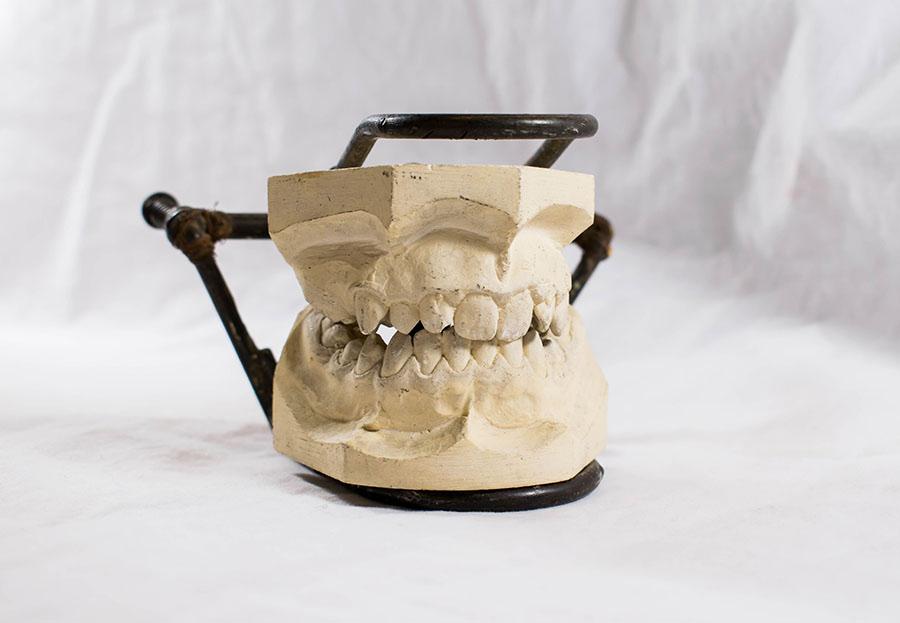
1990
The Dental Faculty is established.
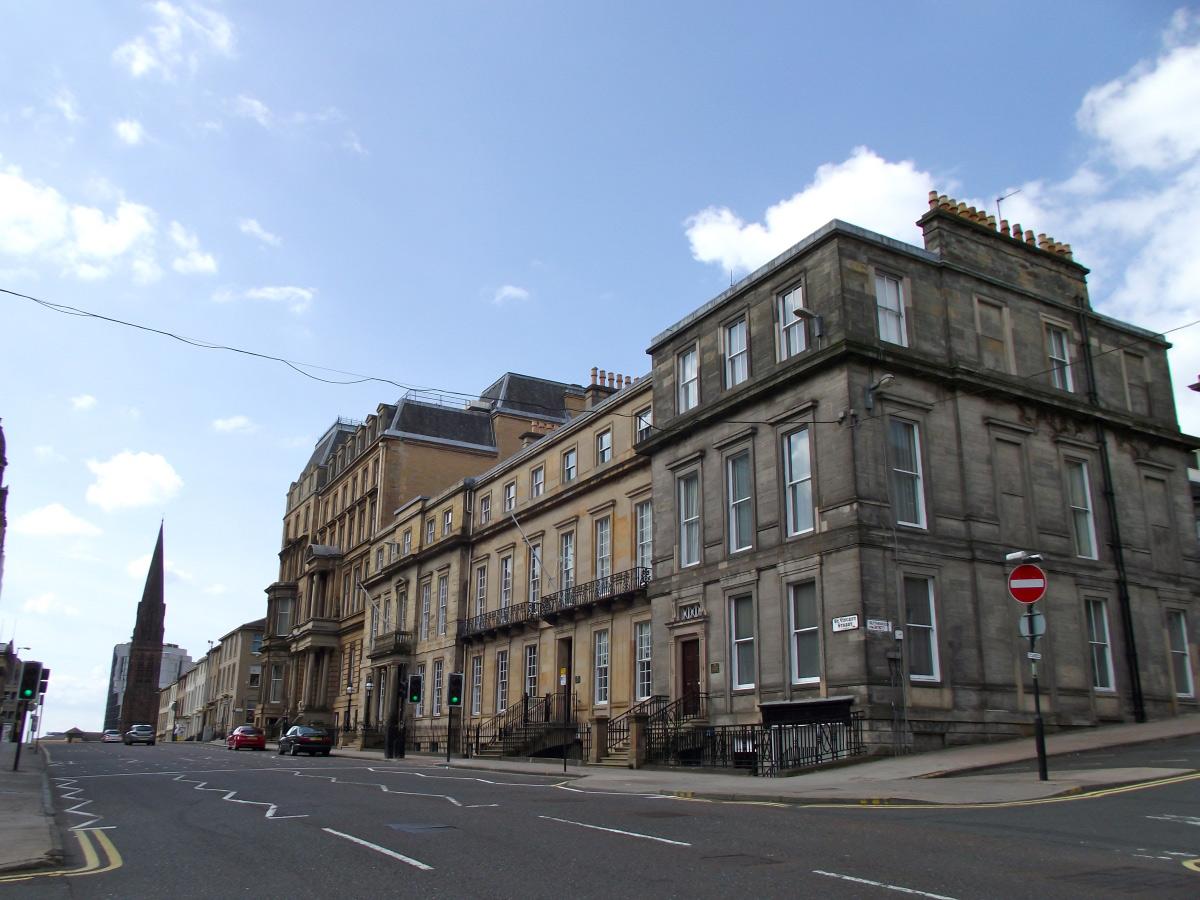
2006
The Faculty of Travel Medicine is established.
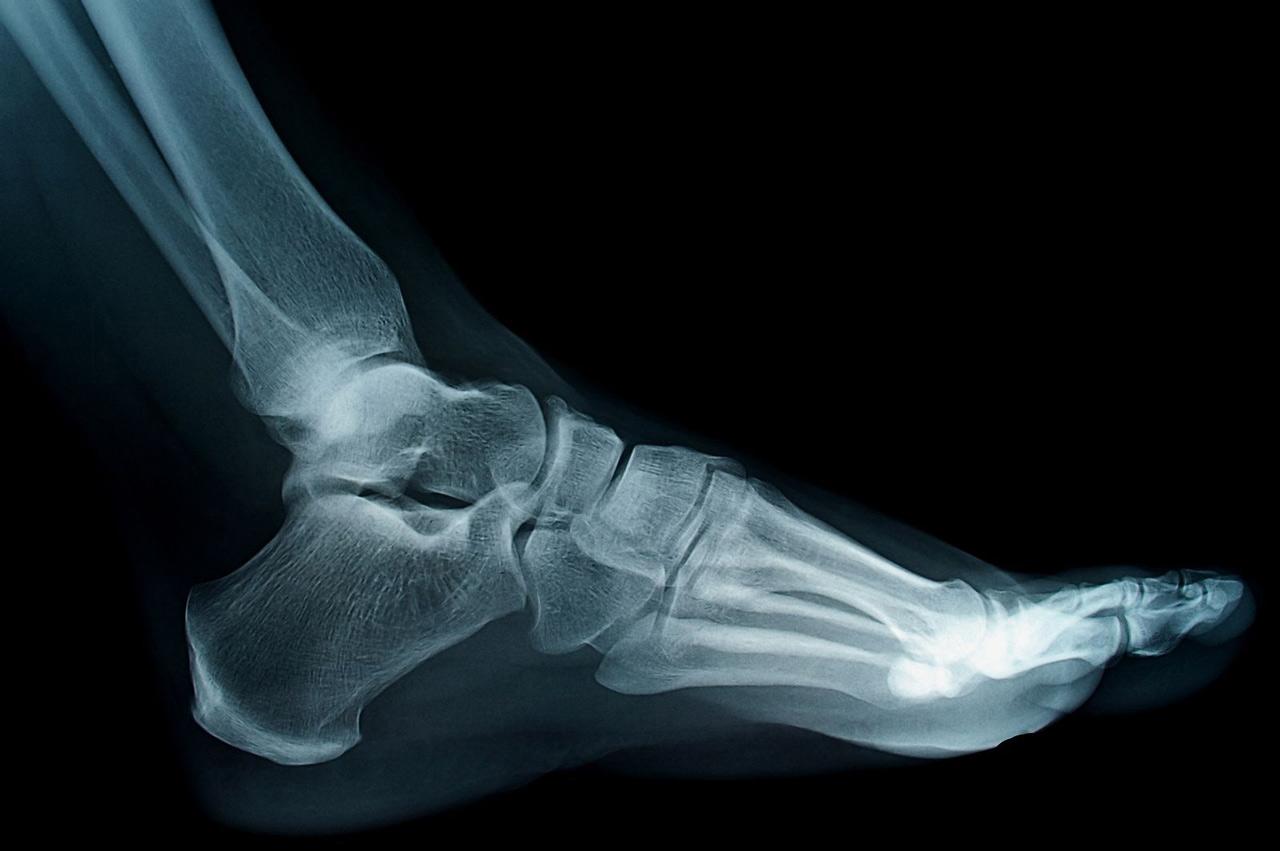
2012
The Faculty of Podiatric Medicine is established.


















